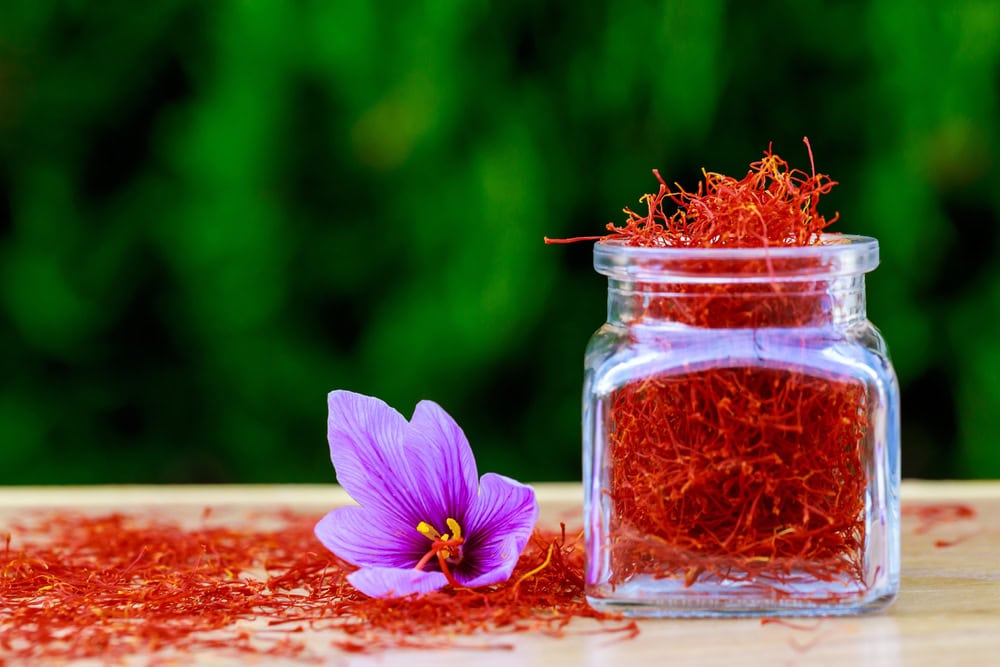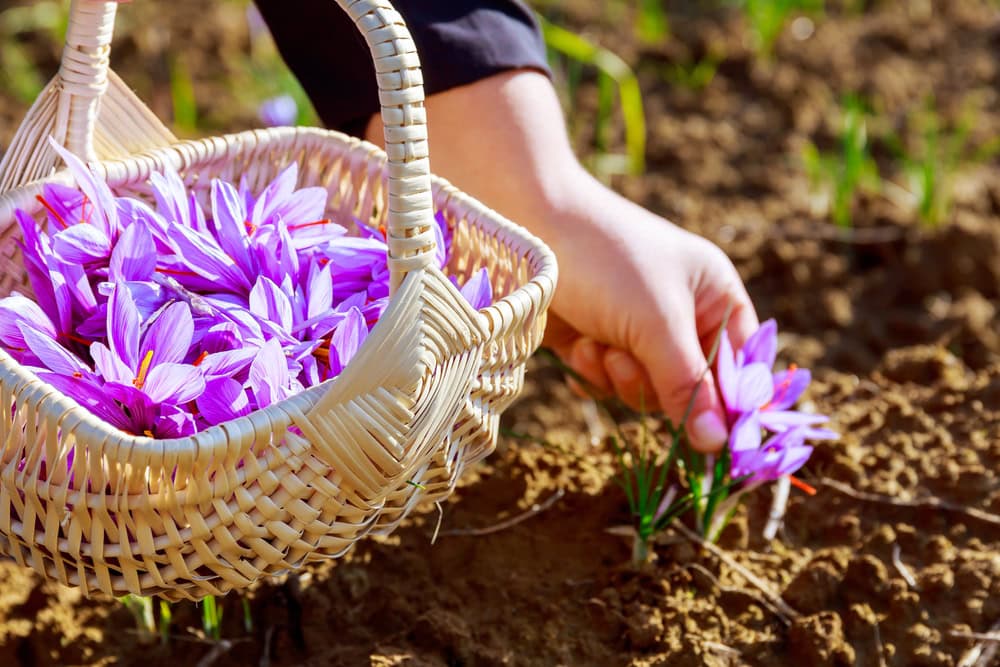
Saffron, with its enchanting aroma and golden hue, derives from the stigma of the autumn crocus flower. This perennial plant, revered for centuries, blooms in the fall and offers precious threads to enrich culinary and cultural traditions worldwide. Its journey from field to table embodies a timeless tale of nature’s bounty and human ingenuity intertwined.
Saffron’s Timeless Legacy
Dating back to ancient civilizations, saffron’s history spans millennia. From its earliest domestication in the Minoan civilization, where it graced the tables of royalty, to widespread use in the Mediterranean and beyond, saffron was known as a symbol of wealth, prestige, and culinary excellence.
Its journey from field to marketplace echoes the footsteps of ancient traders, who traversed distant lands to procure this precious spice, leaving an indelible mark on human culture and cuisine.
Taste and Texture
Saffron’s journey from field to table is unparalleled and captivating with its complex flavors. Its floral and earthy taste, with a hint of sweetness, enriches various dishes.
Crocin, exclusive to the spice, imparts a subtle bitterness, enhancing its allure. Whether infused in a broth or delicately sprinkled, it elevates dishes to the next level.
The Price of Rarity
Saffron’s high price mirrors its rarity and the meticulous cultivation and harvesting process. From planting corms in summer to handpicking the delicate flowers at dawn, each step demands precision and dedication. The result is unmatched quality, reflected in its price as one of the world’s most coveted commodities.

Selecting and storing the spice requires care. Authenticity is ascertained by its vibrant red hue and trumpet-shaped threads. Its aroma should be floral and sweet, devoid of metallic undertones. It should be properly stored in an airtight container.